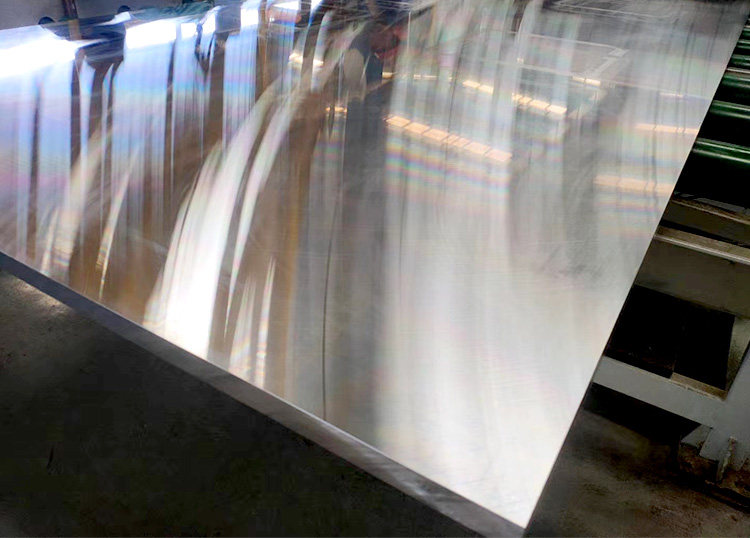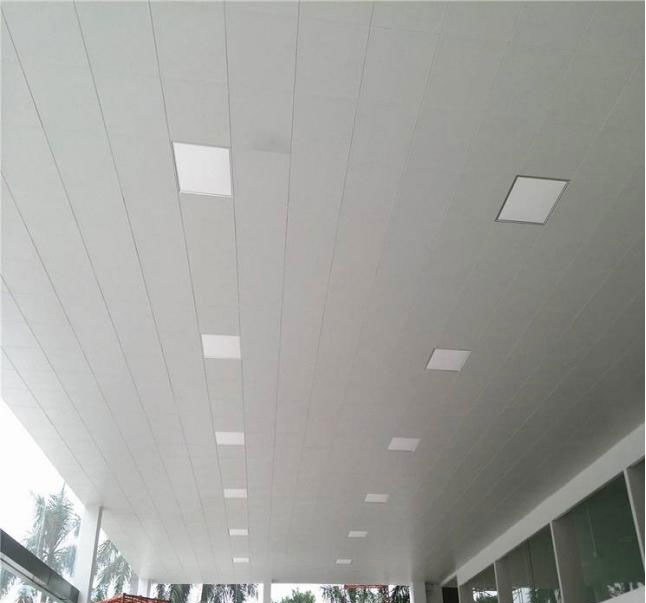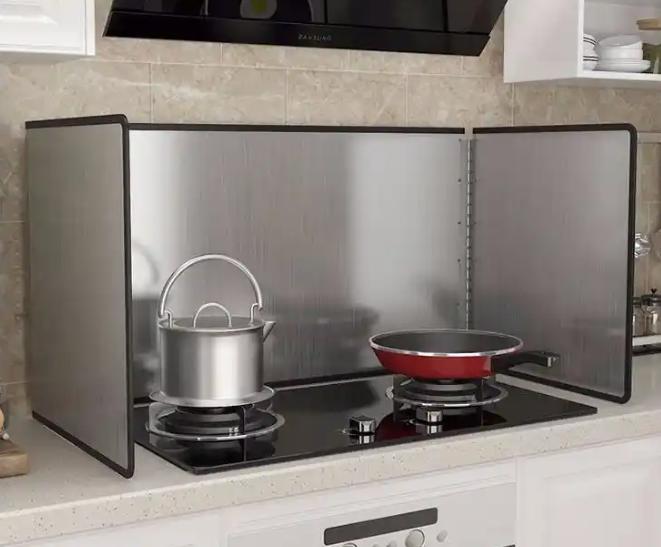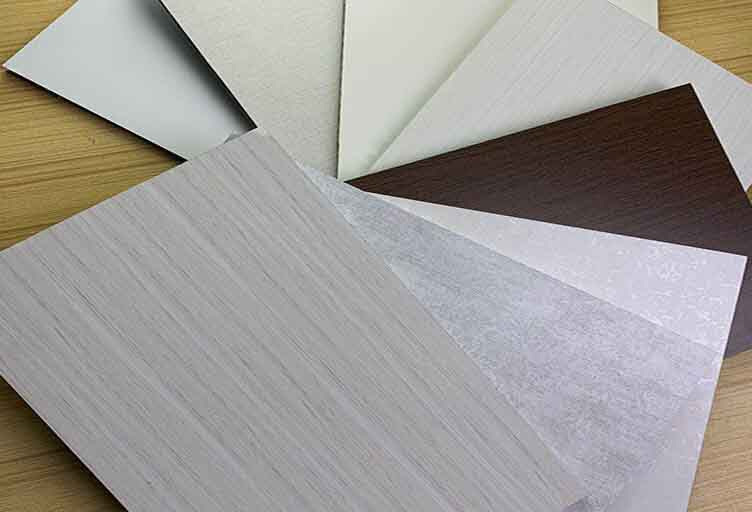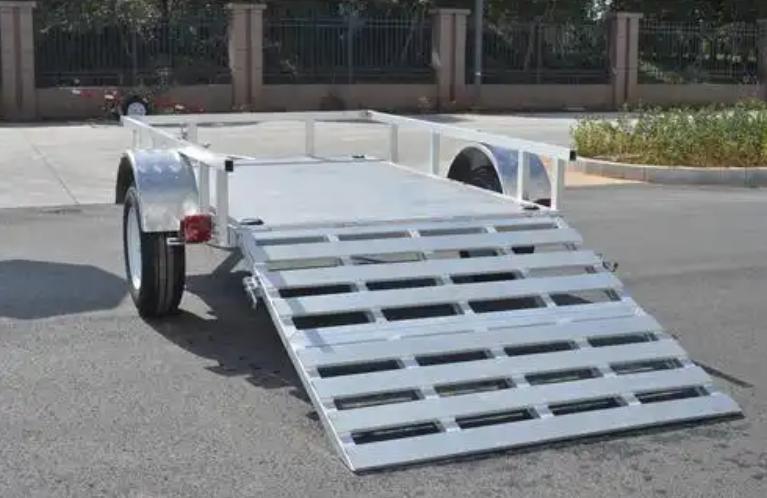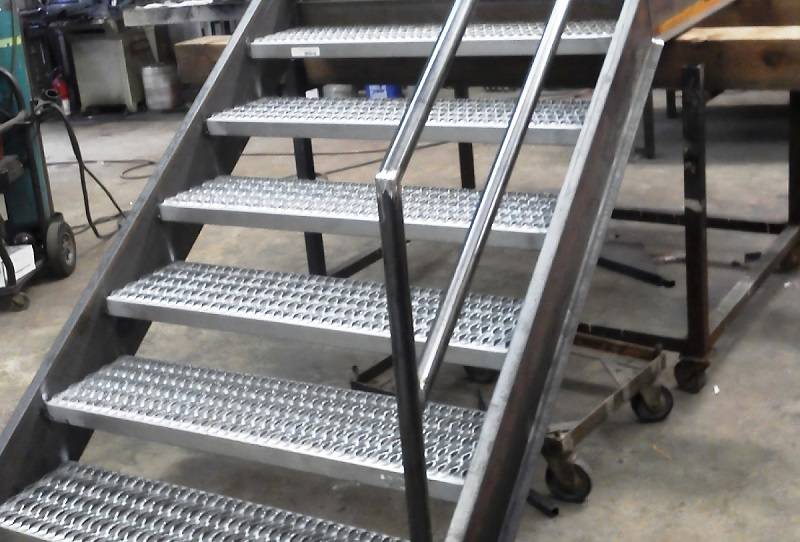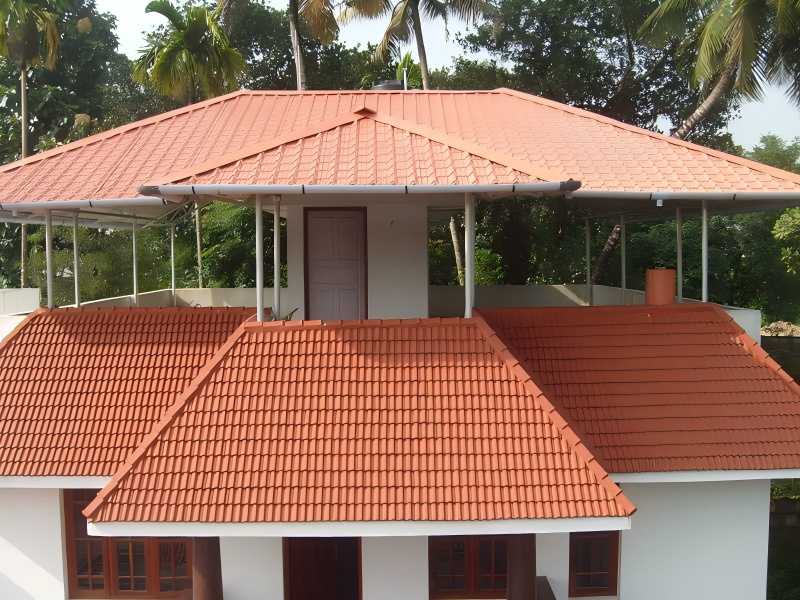Aluminum sheets are versatile materials widely used in various industries for their lightweight, corrosion-resistant, and durable properties. Understanding the different states of aluminum plates is crucial for selecting the appropriate material for specific applications. These states, denoted by alphanumeric codes, indicate the processing and treatment undergone by the aluminum.

1. F State: Free Machining State
The F state is ideal for products that do not have specific requirements for work hardening or heat treatment during the forming process. In this state, the mechanical properties of the aluminum sheet are not specified, allowing for easy machining and forming. This state is often chosen for applications where the aluminum sheet’s strength is not a critical factor.
2. O State: Annealed State
The O state is a fully annealed state, which means that it has been heated to a high temperature and then cooled slowly. O-state sheets have the lowest strength of all the aluminum sheet states, but they are also the most ductile and formable. O-state sheets are often used for products that require a lot of bending or forming, such as beverage cans and roofing panels.
3. H State: Work Hardened State
The “H” state, or Strain-Hardened state, is used to enhance the strength of aluminum sheets or plates through cold working or strain hardening. Plates in the H state can undergo additional heat treatment, which may or may not reduce their strength. The H state is further subdivided into various categories, each denoted by a two or three-digit Arabic numeral.
H State Subdivisions
- Hxx State (e.g., H12, H24): These states are characterized by different levels of strain hardening and tempering. For example, H12 indicates hot rolling and high tensile strength, while H24 implies continuous casting and rolling with partial annealing.
- Hxxx State (e.g., H111, H112, H116): These states involve various combinations of final annealing and strain hardening processes. For instance, H111 is suitable for products that undergo some strain hardening after final annealing but not as much as H11.
4. W State: Solution Heat-Treated State
The W state is a solution heat-treated state. Solution heat treatment involves heating the metal to a high temperature to dissolve the alloying elements. This is followed by a rapid quench to prevent the alloying elements from recrystallizing. W-state sheets are not fully stabilized, and their properties will continue to improve over time as they naturally age. W-state aluminum sheets are often used for products that require high strength and ductility, such as aerospace components and marine applications.

5. T State: Heat-Treated State
The “T” state, or Heat-Treated state, is distinct from F, O, and H states and is used for products that have achieved stability through heat treatment, either with or without subsequent cold working. The T state is followed by one or more Arabic numerals to specify the specific heat treatment process.
T State Subdivisions
- Tx State (e.g., T6, T73, T82): These states represent various combinations of solution heat treatment, natural aging, and artificial aging. For example, T6 indicates solution heat treatment followed by artificial aging.
- Txx State (e.g., T42, T62): These states denote specific artificial aging conditions after solution heat treatment. For instance, T42 is for products that have undergone natural aging to achieve stability, while T62 involves artificial aging.
- T7x2 State (e.g., T72): This state is similar to T6 but may include additional artificial overaging to achieve specific properties.
Understanding the various states of aluminum sheets is crucial for selecting the right material for specific applications. Whether you need a soft and malleable sheet (O state) or a high-strength product (H or T state), the temper of the aluminum sheet plays a vital role in determining its suitability for your project.
In conclusion, aluminum sheets are available in different states, each offering unique mechanical properties and characteristics. By choosing the appropriate temper, engineers and manufacturers can tailor aluminum sheets or plates to meet the specific requirements of their applications, ensuring optimal performance and longevity. Whether it’s for aerospace components, automotive parts, or architectural elements, the right aluminum state can make all the difference in the final product’s success.






